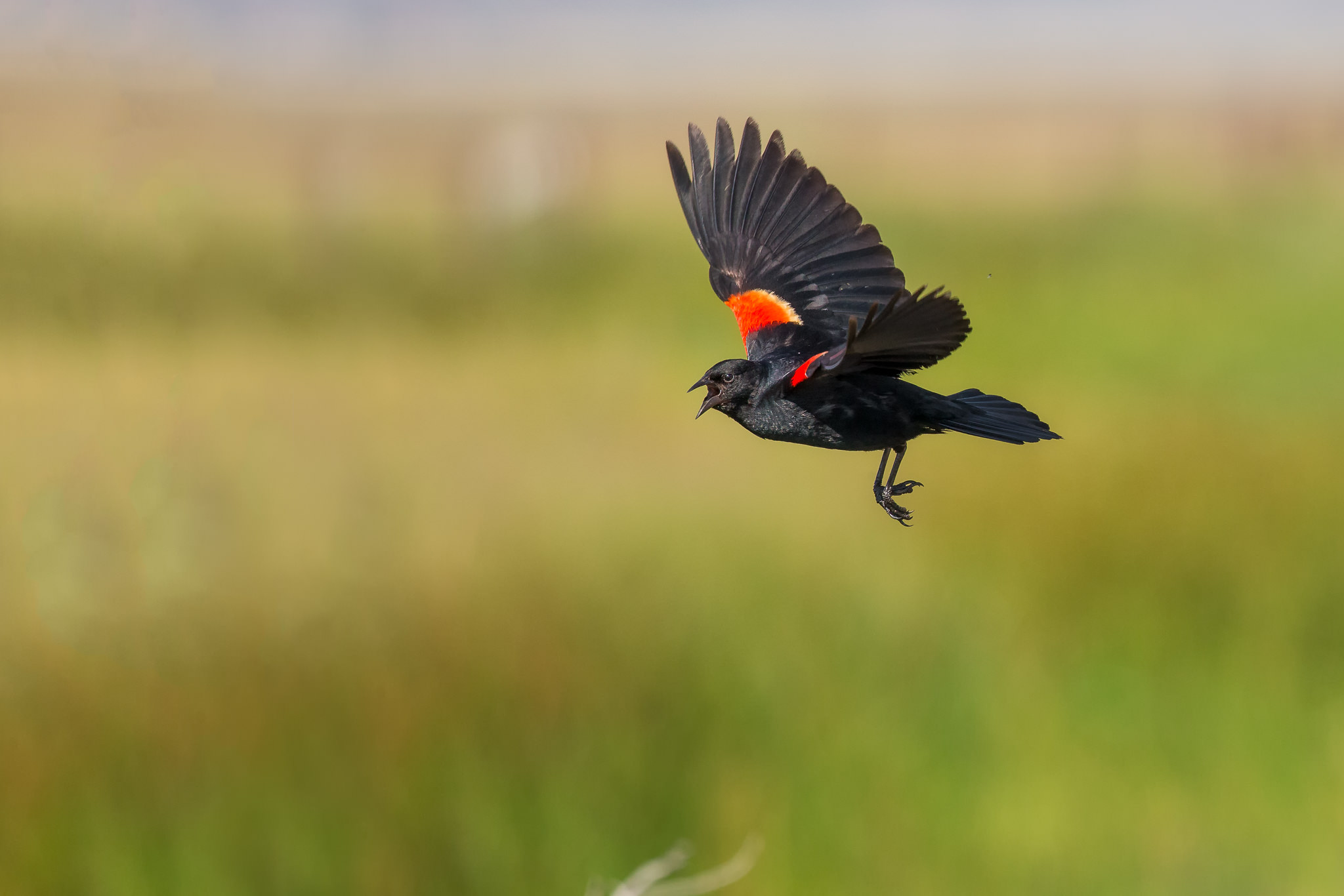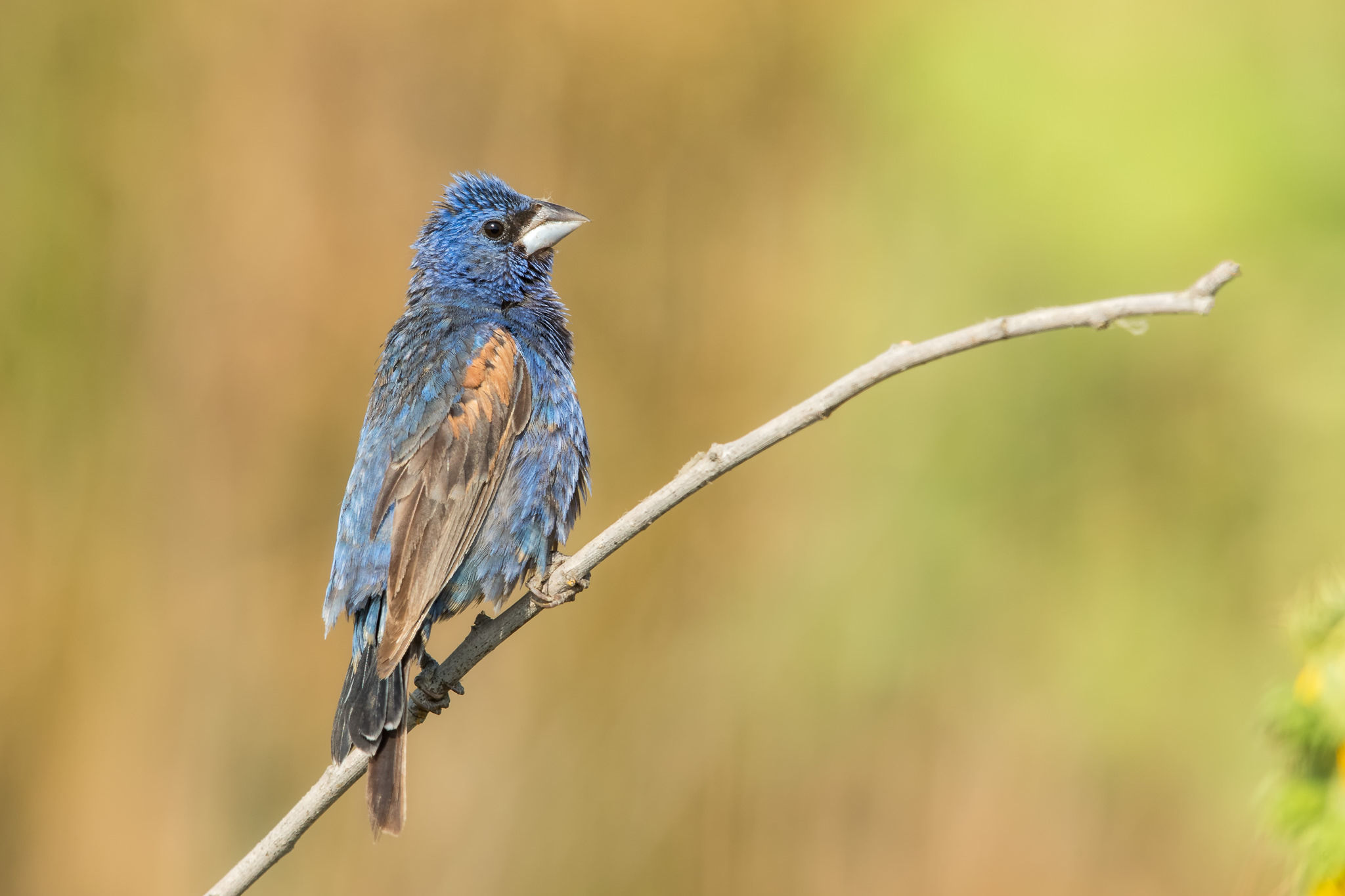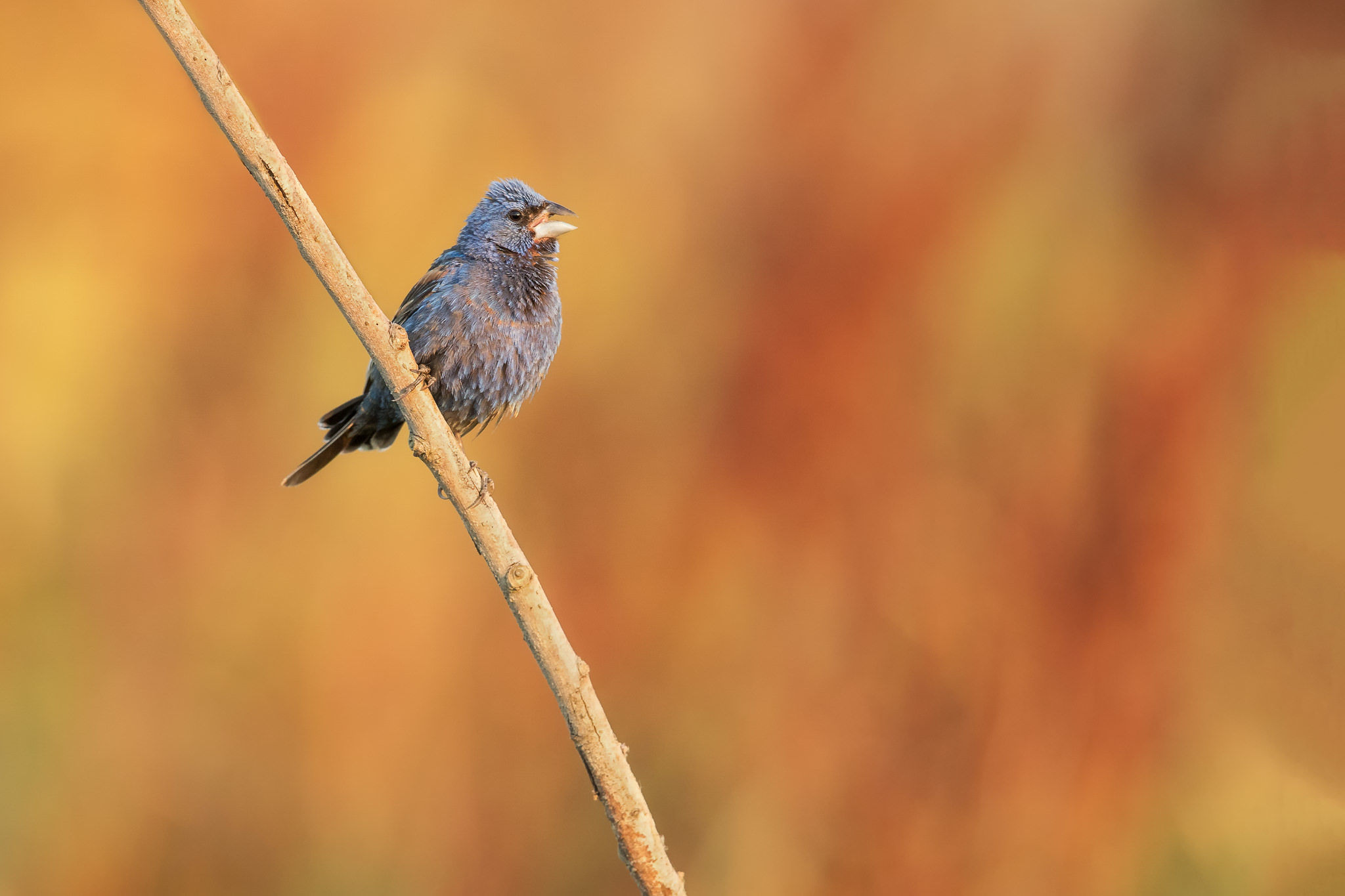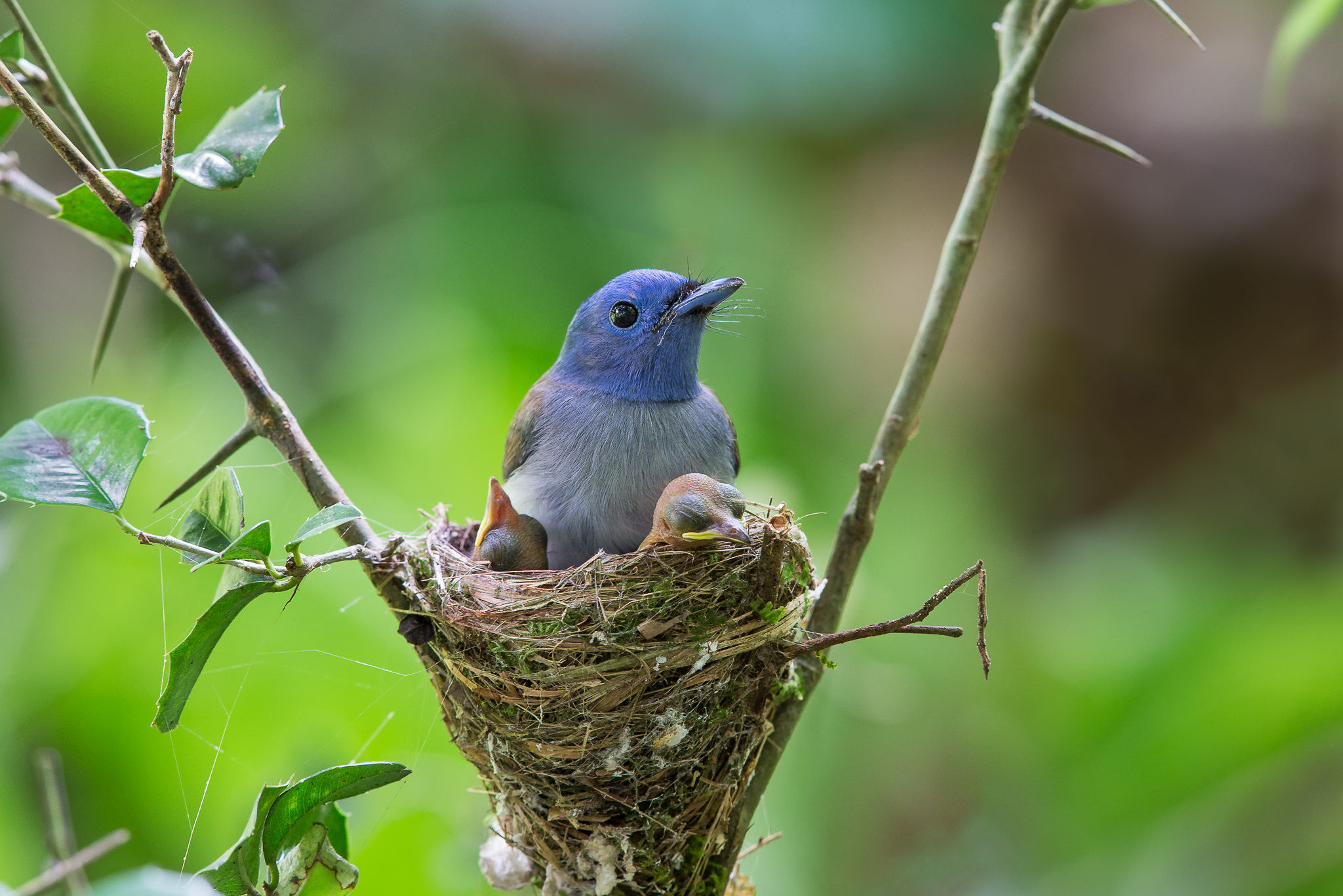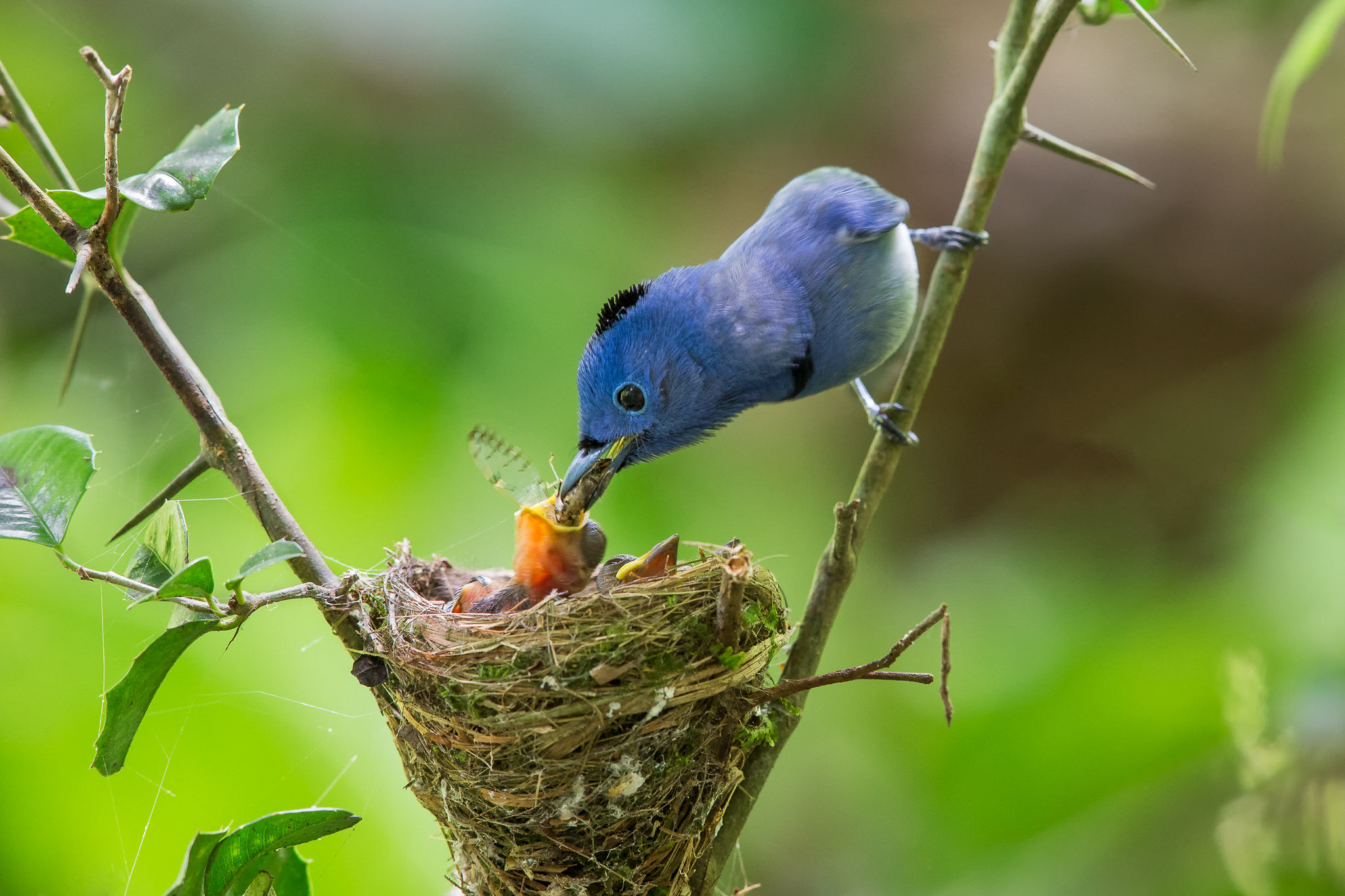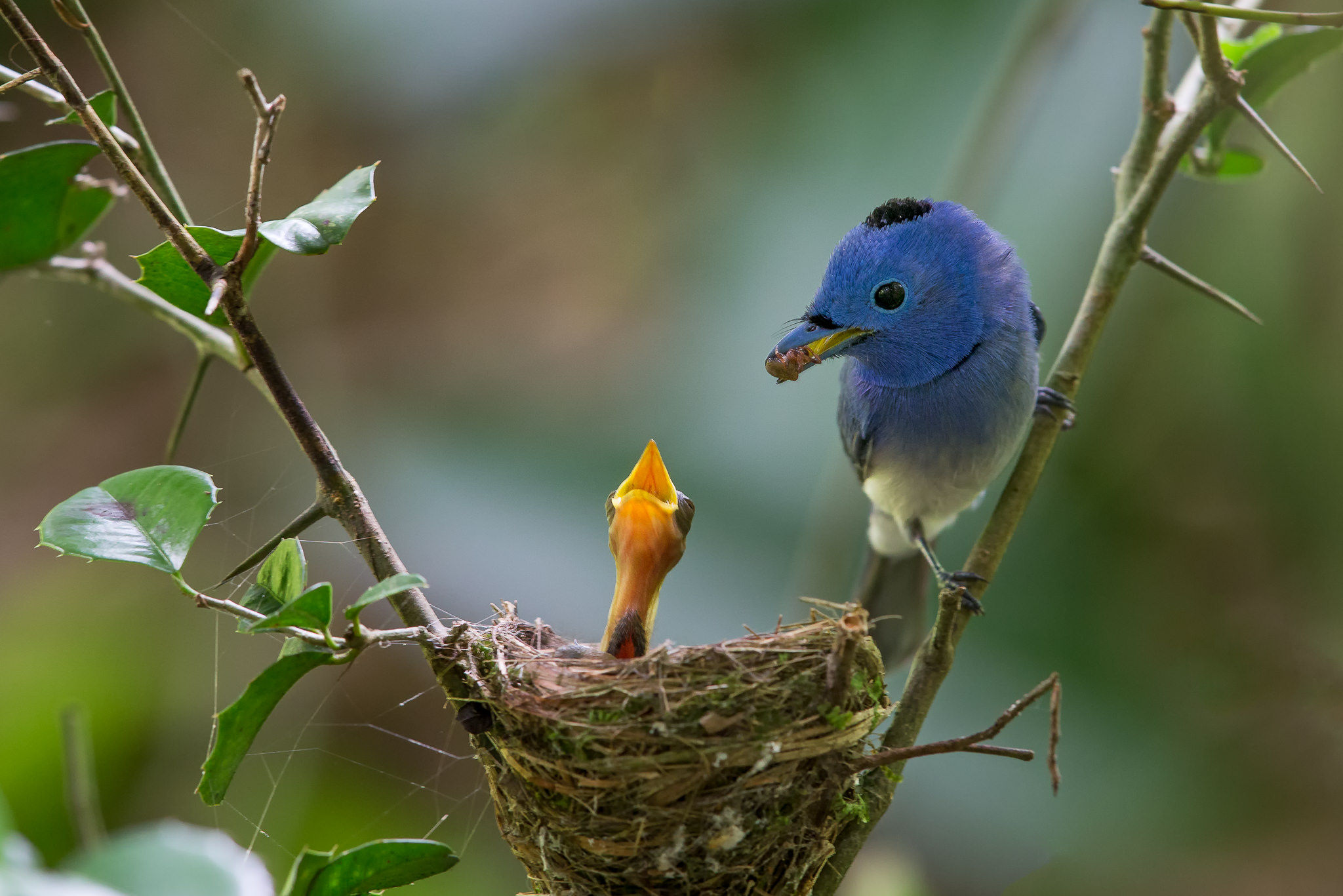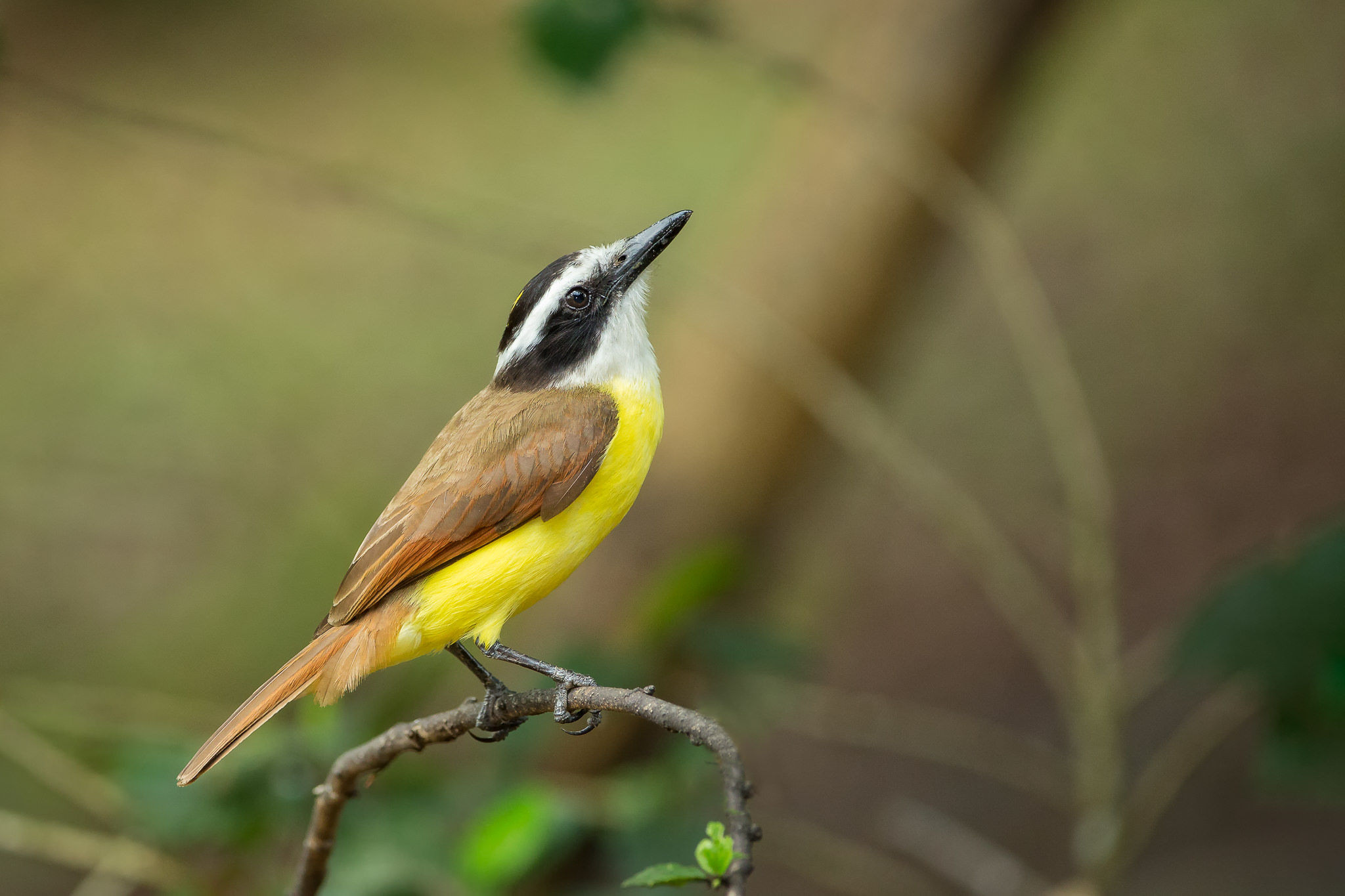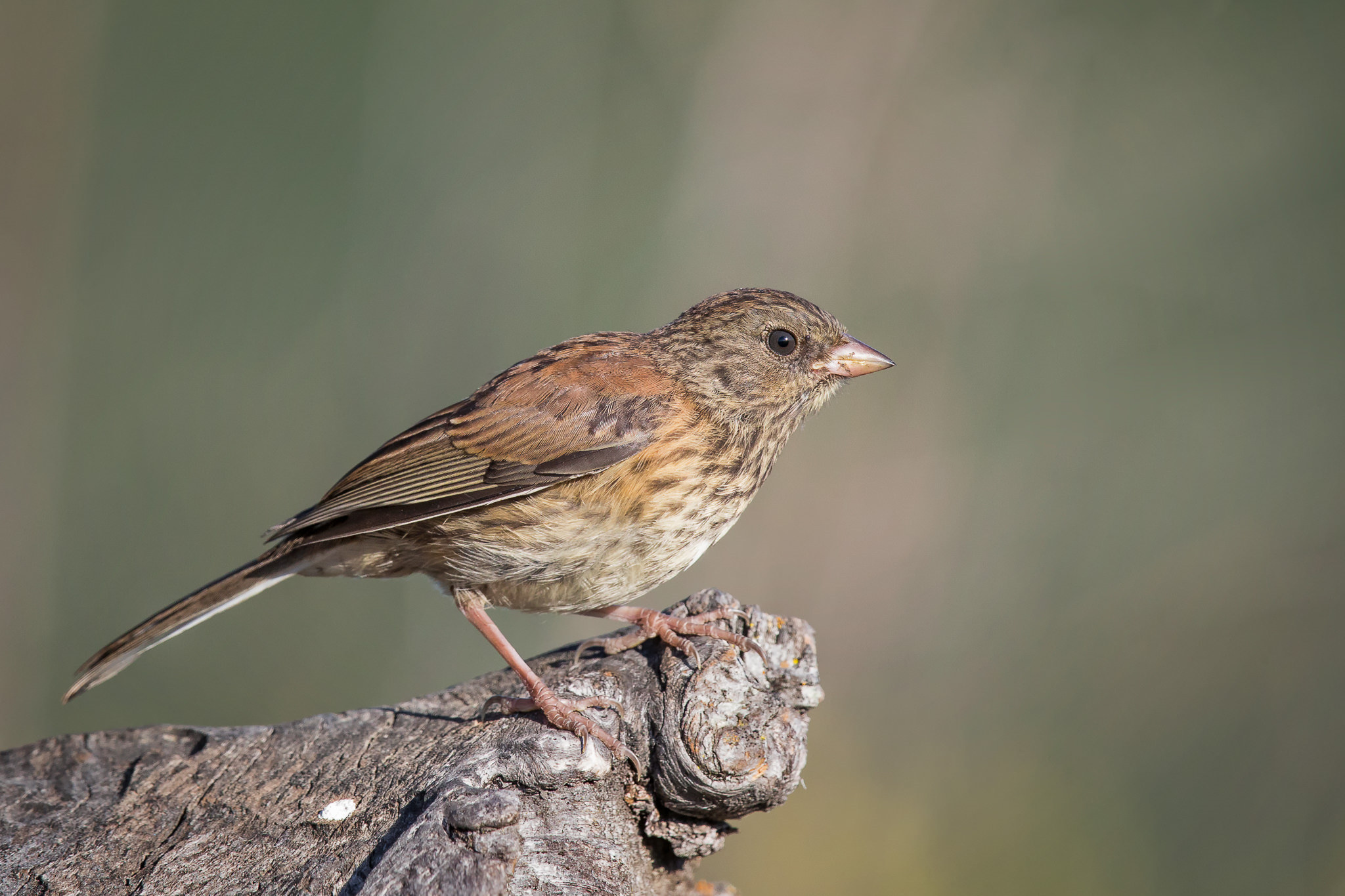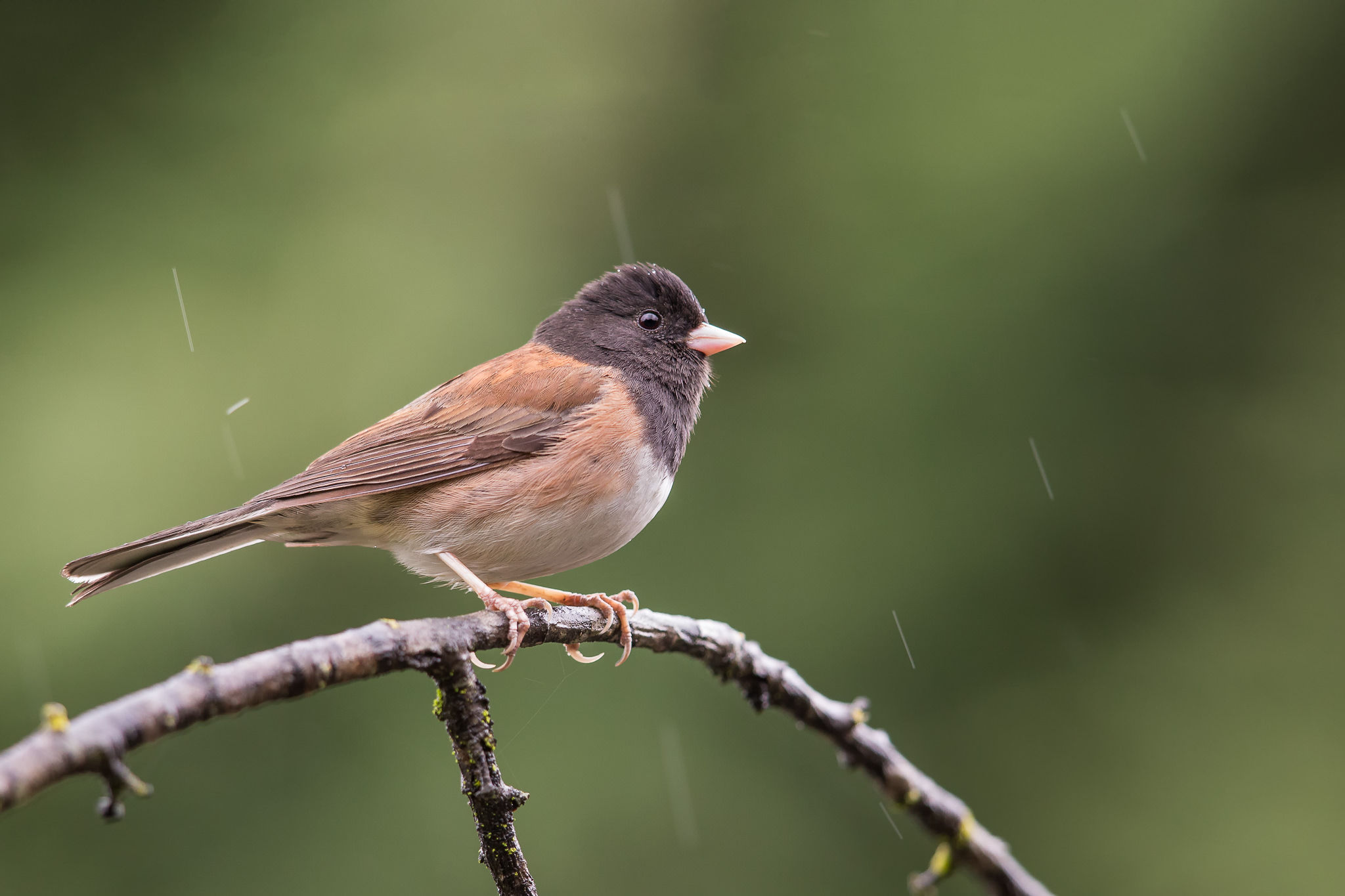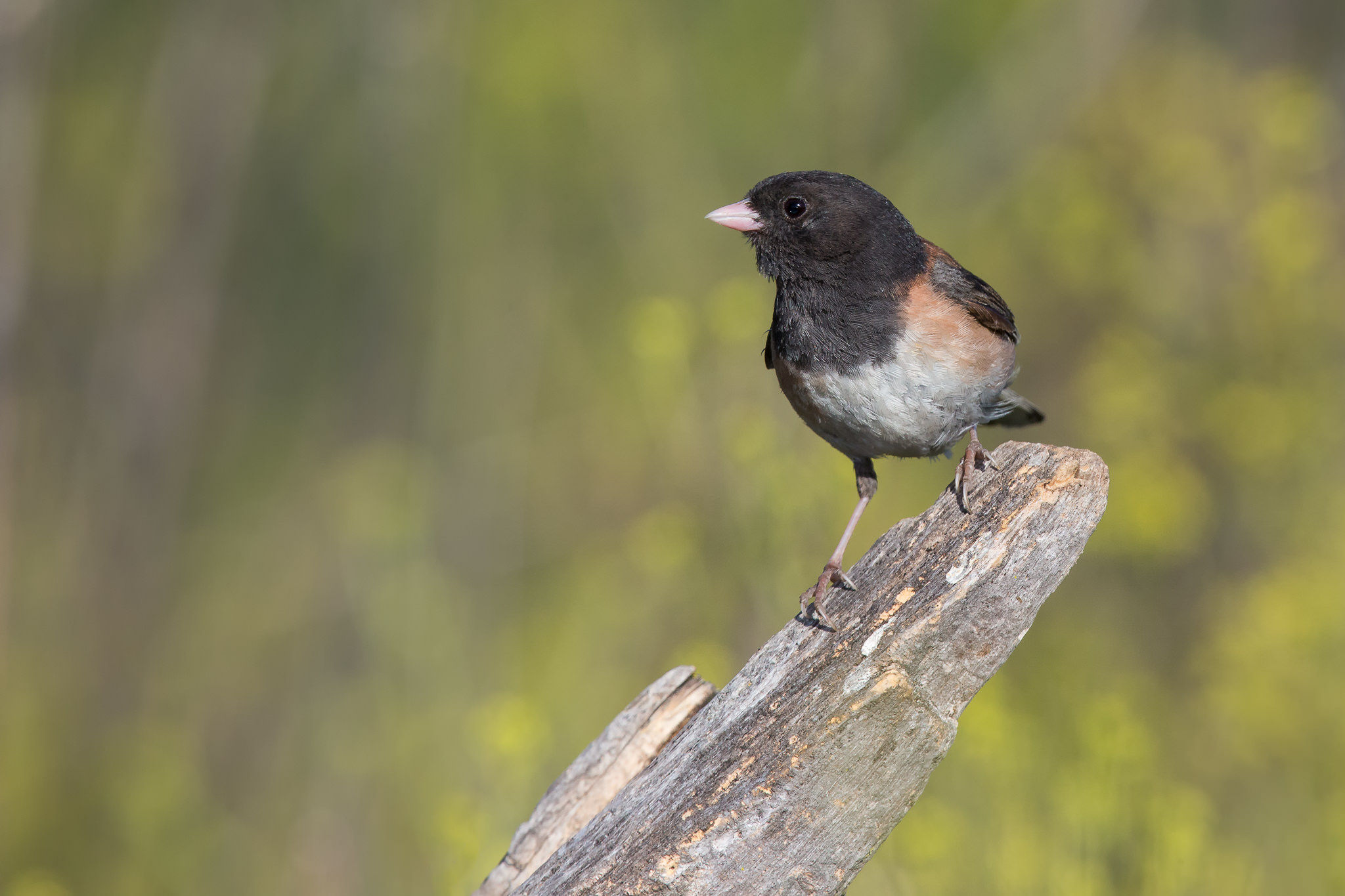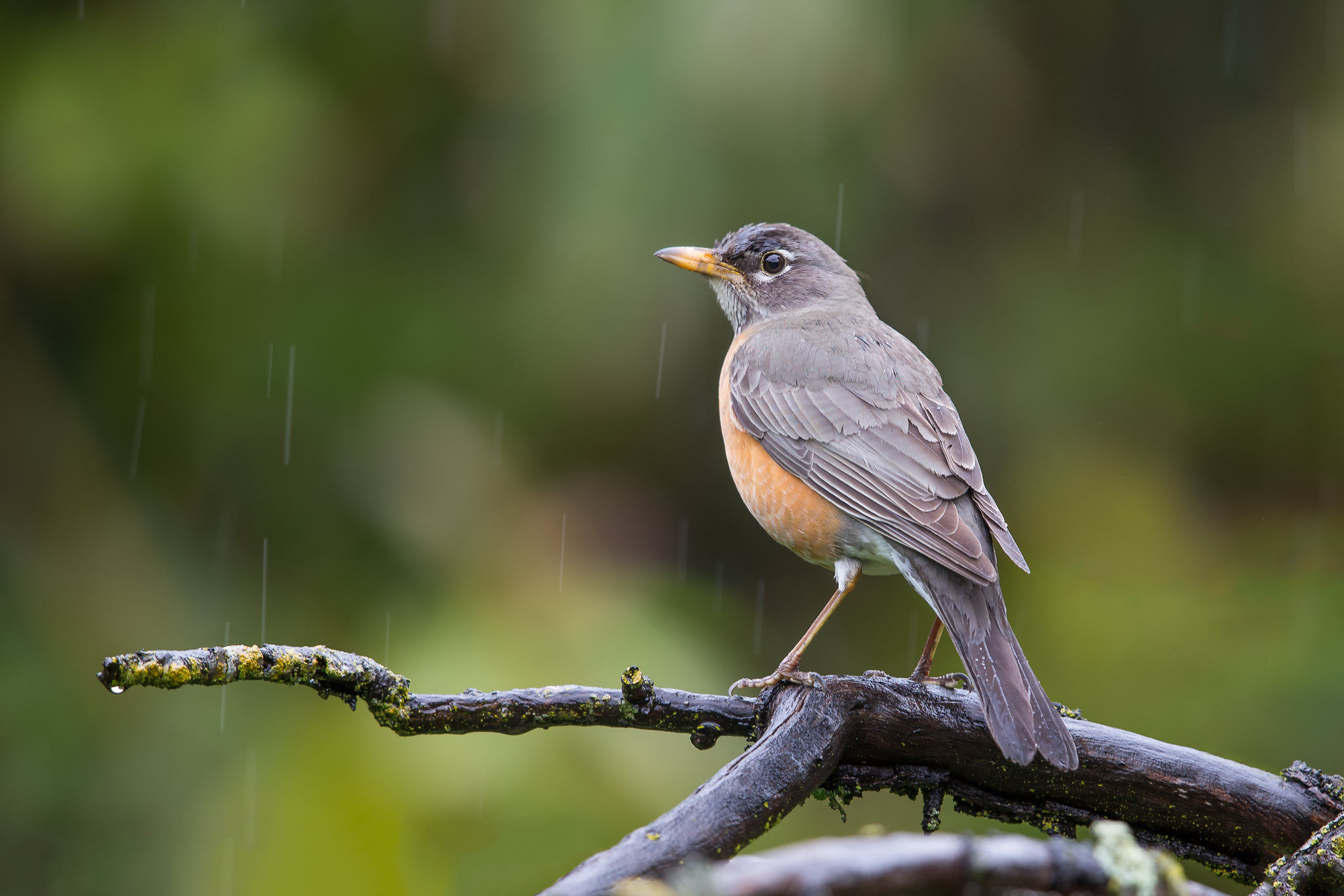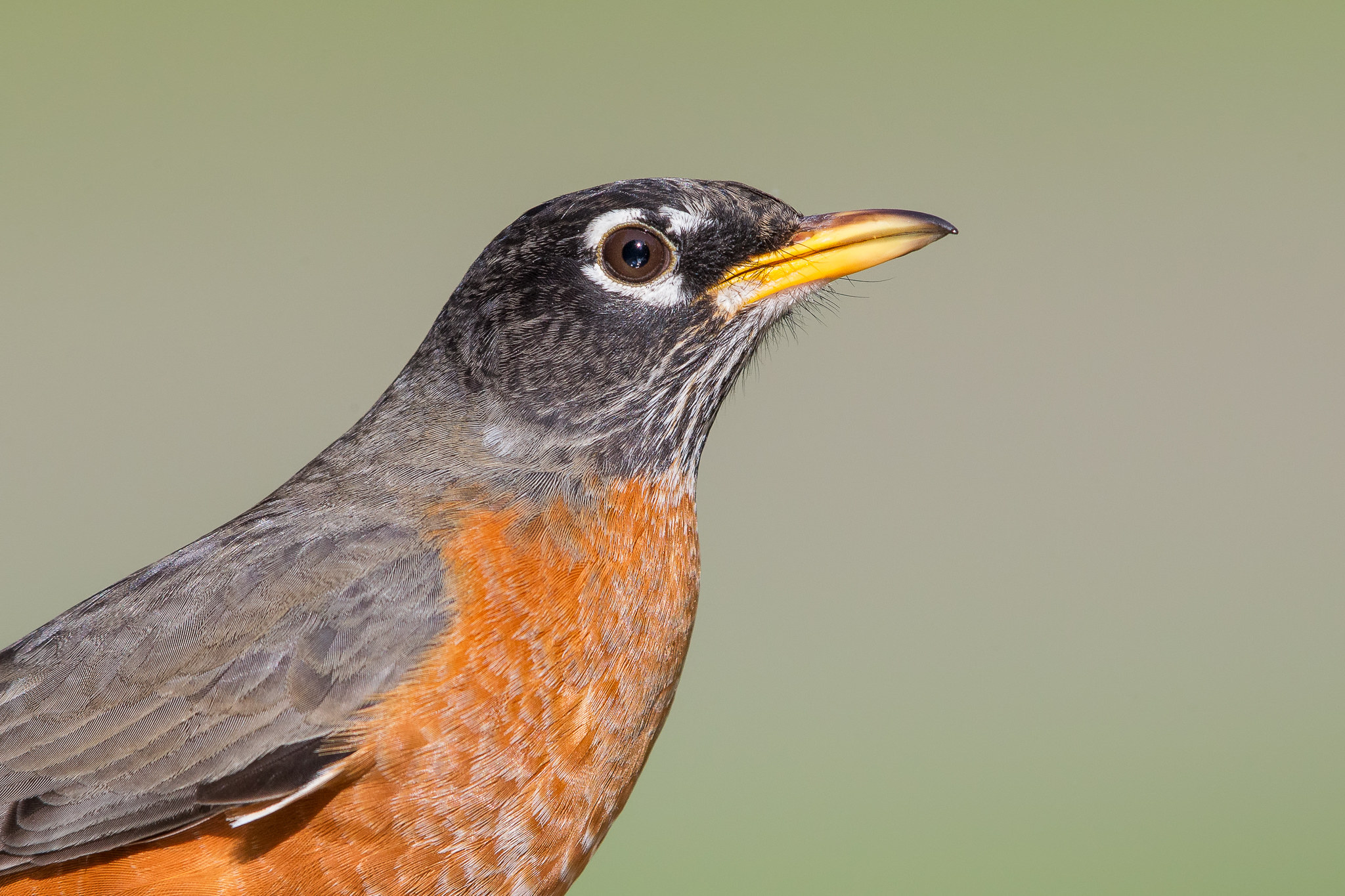THE RED-CAPPED MANAKIN

The red-capped manakin (Ceratopipra mentalis) is a species of bird in the Pipridae family. It is found in Belize, Colombia, Costa Rica, Ecuador, Guatemala, Honduras, Mexico, Nicaragua, Peru and Panama. Its natural habitat is subtropical or tropical moist lowland forests. The bird is probably best known for the male’s unusual courting method whereby it shuffles rapidly backwards across a branch, akin to a speedy moonwalk. The placement is disputed among taxonomists, with some including it in Pipra and others placing it in its own genus, Ceratopipra.) It is closely related to, and in eastern Panama sometimes hybridizes with, the golden-headed […]



